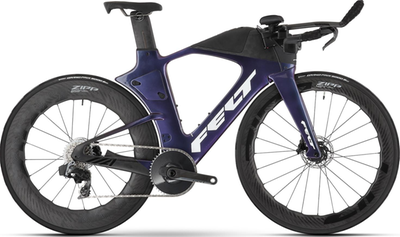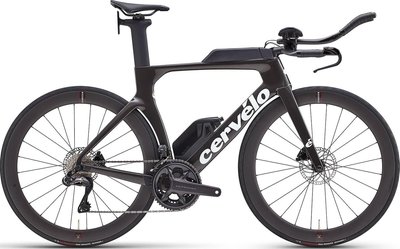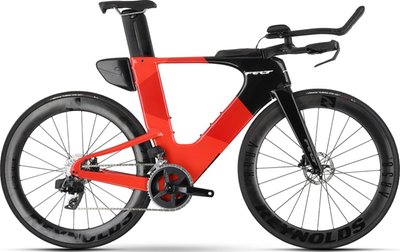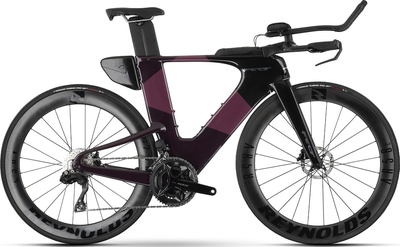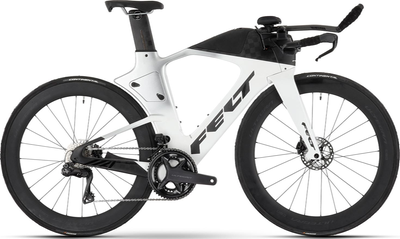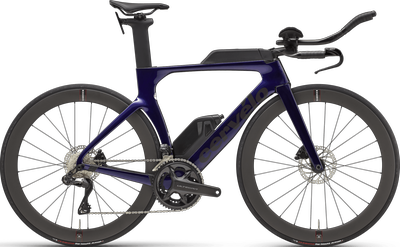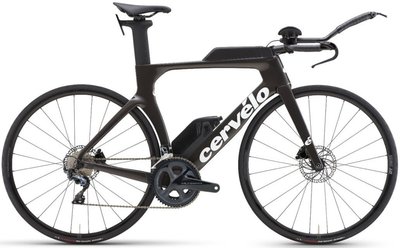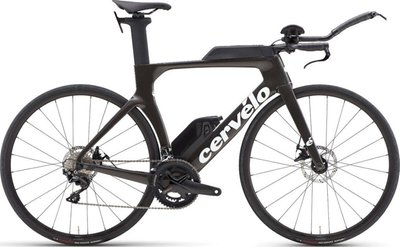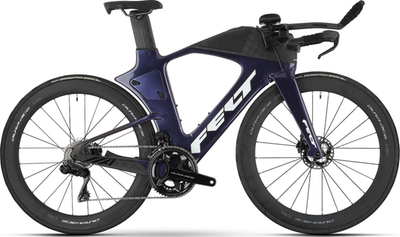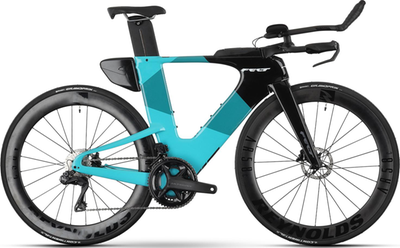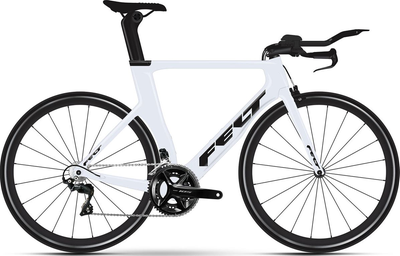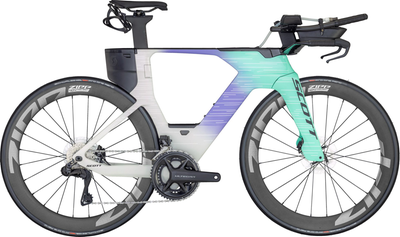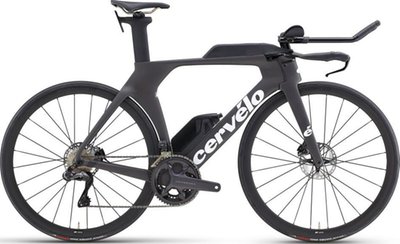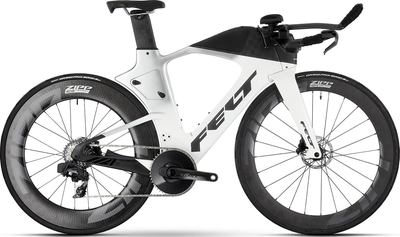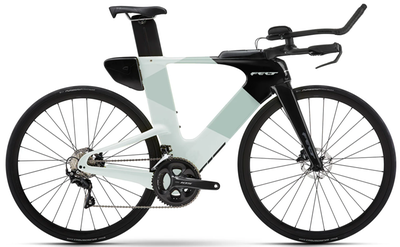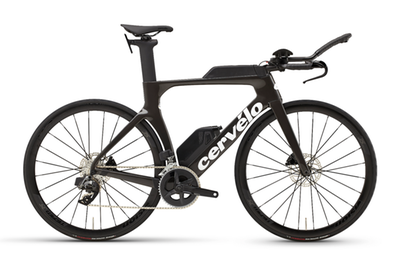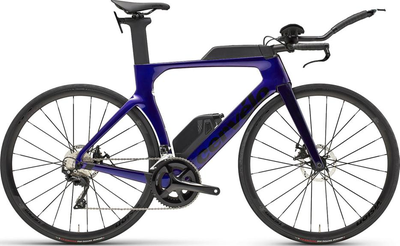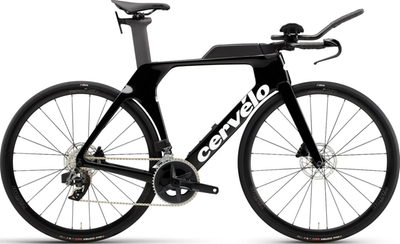Triathlon & Time Trial Bikes
38 Results
Triathlon & Time Trial Bikes
Unlock the Speed: Your Guide to Triathlon & Time Trial Bikes
What is a Triathlon Bike?
Triathlon bikes are not your average two-wheelers; they're purpose-built machines designed to slice through air resistance like a hot knife through butter. These bikes are engineered with aerodynamics in mind, featuring aero frames, integrated components, and geometry that helps you maintain an efficient position throughout the varied stages of a triathlon.
Now, imagine a bike that's not just about pedaling but also about maximizing your energy for the run that follows. That's what a triathlon bike does – it becomes an essential partner in your race, saving those precious watts and making you more aerodynamic.
What Bike for a Triathlon?
The question of the hour – what bike should you choose for a triathlon? Well, my friend, it depends on your goals and preferences.
Road Bikes vs. Triathlon Bikes
If you're just dipping your toes into the triathlon waters, a road bike can be a good starting point. They are versatile, comfortable for longer rides, and you can easily switch between cycling disciplines. However, as you progress, you might find the limitations in aerodynamics.
On the flip side, a triathlon bike is purpose-built for speed. With aero bars, aero wheels, and a geometry that puts you in an aerodynamic tuck, these bikes are the weapon of choice for serious triathletes. They might be a bit less comfortable for long rides, but when speed is your priority, they're hard to beat.
Time Trial Bikes – The Race Against the Clock
Now, let's talk about Time Trial (TT) bikes – the machines designed to conquer time. While similar to triathlon bikes, TT bikes are often used in individual time trials. They share the same emphasis on aerodynamics but might have a few tweaks in geometry and components.
If your primary focus is on time trials or you just love the idea of racing against the clock, a TT bike might be the one for you. Picture yourself flying solo on the road, pushing your limits, and racing against time – a thrilling experience only a TT bike can truly provide.
Triathlon Bikes for Sale – Finding Your Speed Partner
Now that we've got the basics covered, the next step is finding the perfect triathlon or TT bike for you. A quick online search for "triathlon bikes for sale" will unveil a plethora of options, making your head spin faster than your future bike's wheels.
Factors to Consider
Budget: How deep are your pockets? Triathlon and TT bikes come in a wide price range. Set a budget that suits your financial comfort zone.
Fit: No matter how advanced a bike is, if it doesn't fit you, it's not the right one. Consider getting a professional bike fit to ensure your comfort and efficiency.
Components: Pay attention to the components – gears, brakes, wheels. High-quality components can make a significant difference in your riding experience.
FAQ – Your Burning Questions Answered
1. Do I Need a Triathlon Bike for My First Race?
Not necessarily. A road bike is a great starting point. Upgrade to a triathlon bike as you get more serious.
2. What's the Difference Between Triathlon and Time Trial Bikes?
While similar, TT bikes are specialized for time trials, while triathlon bikes cater to the varied stages of a triathlon.
3. Can I Use a Triathlon Bike for Regular Riding?
Absolutely. Many use triathlon bikes for regular training rides. Just be prepared for a more aggressive riding position.
4. Are Second-hand Bikes a Good Option?
Yes, if you know what to look for. Ensure the bike fits you well and has been well-maintained.
5. How Often Should I Upgrade My Bike?
It depends on your progress and goals. Upgrade when you feel your current bike is limiting your performance.
Congratulations on taking the plunge into the world of triathlon and time trial bikes! May your rides be fast, your transitions smooth, and the wind always at your back. Happy cycling!

